Minority serving institutions (MSIs) are an integral part of the U.S. higher education system. MSIs provide college access to millions of students of color, many of whom come from low-income backgrounds and are the first in their family to attend college. MSIs not only offer their students welcoming campus environments by enrolling large percentages of minority students, they also support their students through credential completion. Recent studies show that MSIs have higher completion rates than federal data suggest[1] and contribute to upward mobility by propelling their lowest-income students into the upper-middle class at higher rates than non-MSIs.[2] As the U.S. undergraduate population grows more diverse in the years ahead, the number of MSIs is likely to climb.
View the Findings
Featured Finding
Location of TCUs
Tribal Colleges and Universities (TCUs), institutions created and chartered by Native American tribes or the federal government,[3] play an important role in postsecondary access and success for Native students. In 2017–18, there were 37 TCUs spread across more than 75 main, branch, and satellite campuses located throughout the United States. In fall 2017, TCUs enrolled over 15,500 undergraduate and graduate students, of whom 85.9 percent were American Indian or Alaska Native. The remaining 14.1 percent of students were from other racial or ethnic backgrounds.
[1] Espinosa, Lorelle L., Jonathan M. Turk, and Morgan Taylor. 2017. Pulling Back the Curtain: Enrollment and Outcomes at Minority Serving Institutions. Washington, DC: American Council on Education.
[2] Espinosa, Lorelle L., Robert Kelchen, and Morgan Taylor. 2018. Minority Serving Institutions as Engines of Upward Mobility. Washington, DC: American Council on Education.
[3] AIHEC (American Indian Higher Education Consortium). n.d.-a. “AIHEC: Who We Are.” Accessed October 11, 2019. https://www.aihec.org/student-success/research/aihec-aims/.

